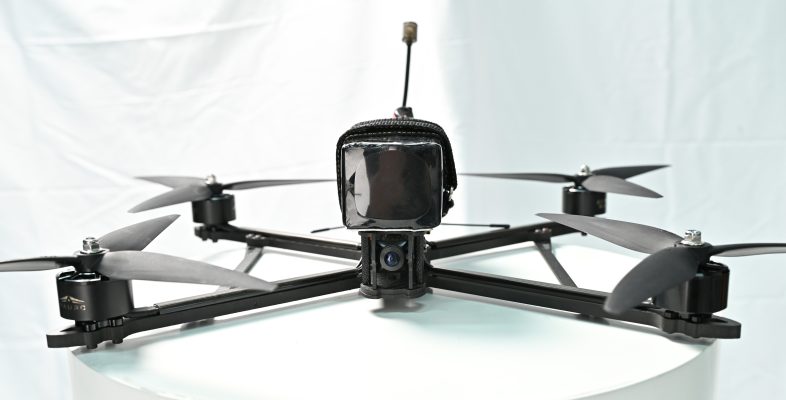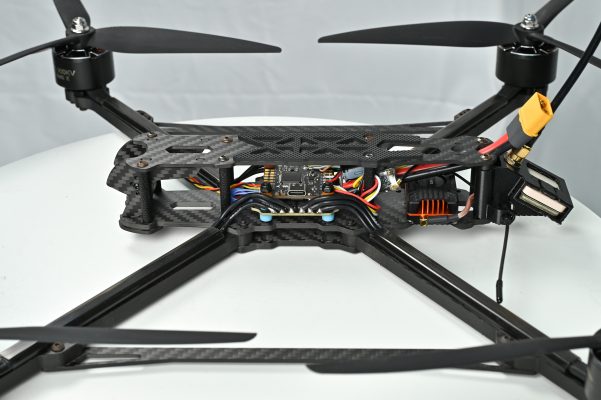Blog
How to Fly FPV Safely in the Wild
Among all FPV flying environments, the wild remains a top choice for many pilots due to its open skies, low signal interference, and stunning natural views. However, flying in such environments also comes with risks—like unpredictable terrain, signal loss, and lack of immediate assistance. Especially for beginners, preparation and safety awareness are essential.

Pre-Flight Preparation
Before heading out, double-check your equipment: battery charge levels, propeller condition, the number of backup batteries, video transmission system, GPS functionality, and RC signal strength. Use satellite maps to scout the area for potential dangers—such as power lines, tall structures, or wildlife—and ensure it’s not a restricted airspace.
Tips During the Flight
Avoid flying beyond visual line of sight and pre-set return-to-home (RTH) altitude and coordinates in case of signal loss. Use GPS-assisted flight controllers for enhanced stability, particularly in mountainous or wooded areas where GPS signals may be weaker. Maintain a moderate flight altitude to avoid collisions with birds or other aircraft.
Handling Emergencies
If your drone goes out of control or video feed is lost, stay calm—don’t over-correct or panic. Rely on your drone’s failsafe or RTH function. If the drone crashes, take note of the GPS coordinates, the last video frame, and your flight path. Plan your search route logically. If needed, bring a backup drone to help locate the downed one.


